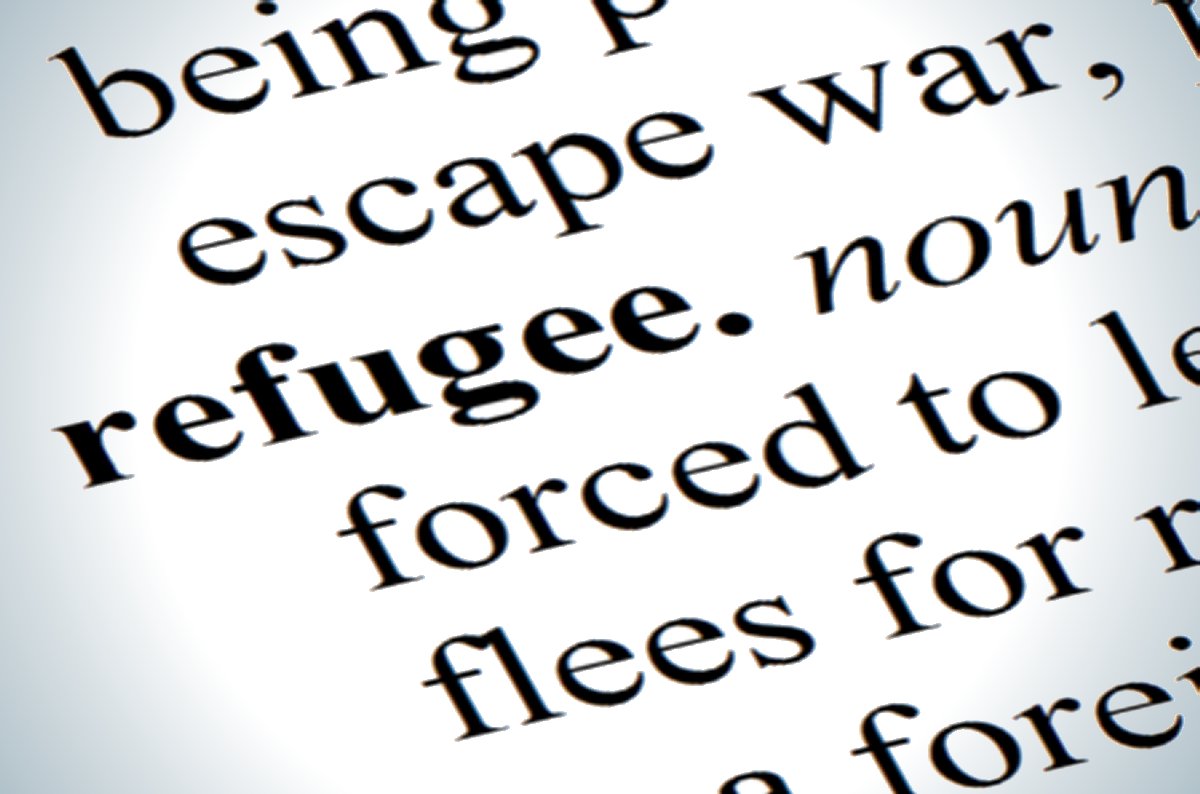Last week, Katie Willocks of Bridge
Refugee Services in Knoxville came and spoke to our class. She explained her
job as a case manager and walked us through from start to finish the process of
resettling refugees in Knoxville. It was astounding to hear just how quickly
refugees must adapt to life in the United States, and that “self-sufficient”
really just means financially independent to the point that you are able to
feed yourself and your family, and pay your bills. Despite all of the help and
guidance Bridge provides to newly arrived refugees, this support cannot last
forever due to limited resources, and is gone after a refugee’s first year in
Knoxville. Even with more support, acclimating to a new country and a new
culture where you don’t know the language, have to find a job, and a place to
live is an overwhelming experience at best. Newly arrived refugees are provided
a place to live, basic necessities, and cultural orientation and language
classes, but actually learning the language and finding a job is, in the end,
up to them.
As hard and scary as this process
sounds, it is important to recognize that most refugees never make it to this
point. Less than 1% of all refugees in UNHCR camps are resettled annually (www.migrationpolicy.org
2017). Of those that are resettled, even less are resettled to the United
States, and before that can happen refugees must endure many layers of
screening to ensure that they are who they say they are, and do not pose a
threat to the United States. However, no matter how far into the screening process
they are, refugees can still be denied at any point in the screening process (www.state.gov).
Despite the
low acceptance rate of refugees into the United States, President Trump wants restrict
resettlement and make it more difficult for asylum seekers to claim asylum on U.S.
soil. In Fiscal Year 2016 (FY2016) the United States resettled 84,994 refugees
(www.migrationpolicy.org 2017). This may seem like a lot, but that is 84,994
out of 65.6 million forcibly displaced people worldwide, with 22.5 million of
those having received the legal and administrative label of “Refugee” (www.unhcr.org).
For FY2017 President Trump wants to lower the admission ceiling from 110,000
refugees to 50,000 (www.migrationpolicy.org 2017). That does not mean that the
U.S. will resettle 50,000 refugees, it means we can settle up to 50,000 refugees if we chose too (www.migrationpolicy.org
2017)
In addition to lowering the refugee
resettlement ceiling, President Trump wants to make it more difficult for people
to claim asylum in the United States. Attorney General Jeff Sessions has proposed
revoking the policy that allows asylum seekers to have a hearing so that they
can argue their asylum claim in order to free up the backlog of cases awaiting to be
heard in immigration court. Trump’s proposed policy changes would also roll back the
Obama administration’s protections for unaccompanied minors who cross the
U.S./Mexico border allowing border patrol to apprehend them and immediately
deport them back to Mexico (www.nytimes.com; theintercept.com). It is already
very difficult to be granted asylum in the U.S. There must be no inconsistencies
in your story, you cannot be affiliated with terror or guerrilla groups, you
cannot have participated in the violation of human rights, and you must
convince an asylum case officer that you have a credible fear of persecution if
you are returned to your home country. It is an incredibly subjective process
leaving most of the discretion to the asylum case officer (Bohmer and Shuman
2008). Even without Trump’s proposed changes to the asylum system, changes are
already evident as more and more people without criminal records are held in
detention centers while they await their hearing, and border patrol has become
more aggressive in its apprehension and detention of asylum seekers (theintercept.com).
The right to ask for asylum is a
human right. The right to leave one’s country to escape persecution and to find
a safe place to live free from fear and violence is a human right. Refugee
status and the right to claim asylum are rights protected by international
human rights law. However, these rights are being directly attacked by the
current administration. The process is and will continue to be made more
difficult and hostile towards asylum seekers, and fewer and fewer refugees will
be resettled in the United States due to xenophobia and racism masquerading as
national security concerns. This may very well be the end of United States
Refugee policy and the end of any asylum case being granted in the United
States. As a country that often shames the human rights records of other
countries and prides itself on being defenders of human rights abroad, it may
be time that we turned that finger around, took a long hard look in the mirror,
and asked ourselves how committed to defending human rights we really are if we
won’t even defend and uphold them on our own soil.
Print:
Bohmer, C., & Shuman, Amy. (2008). Rejecting refugees : Political asylum in the 21st century. London ; New
York: Routledge.

No comments:
Post a Comment